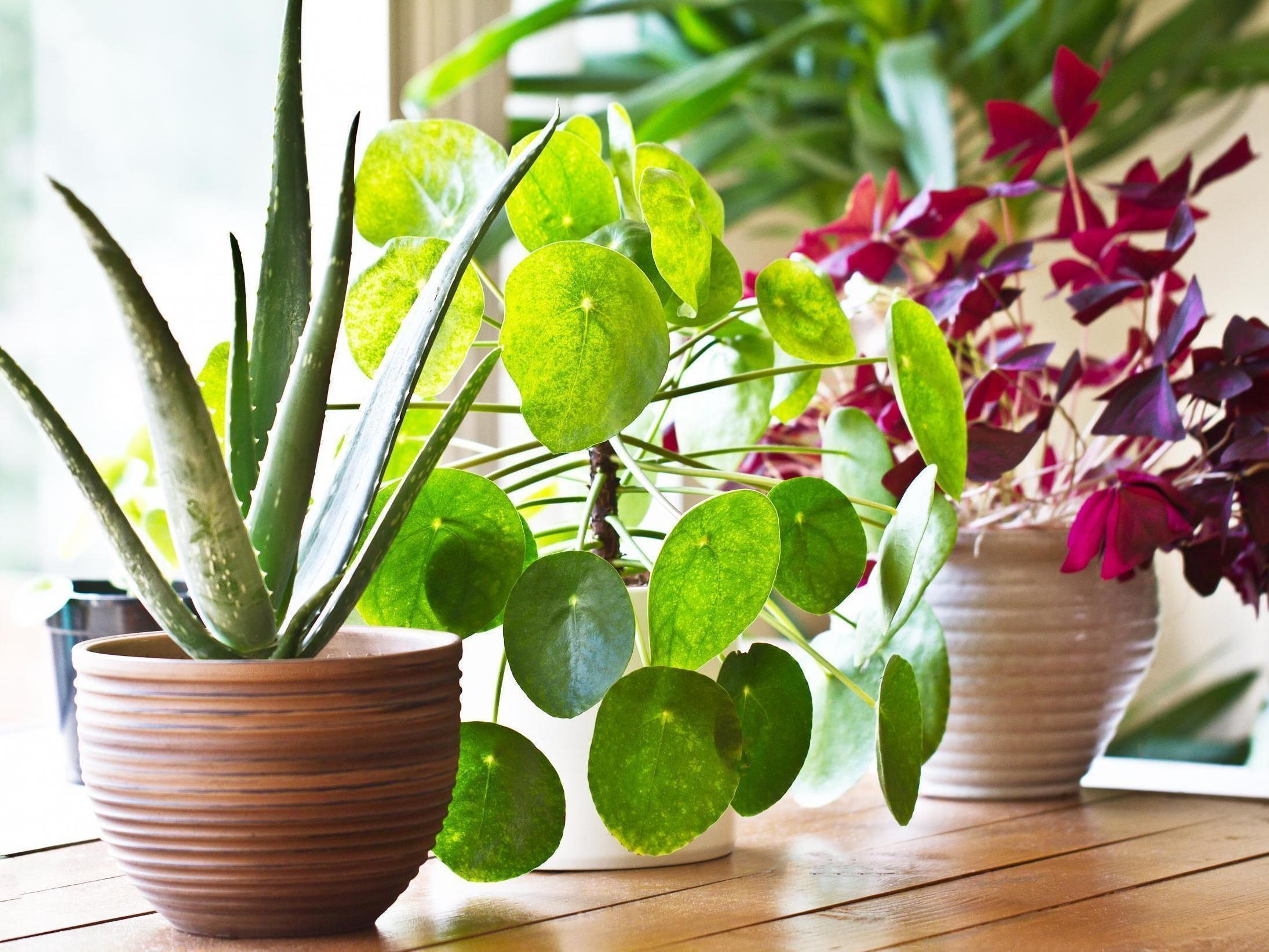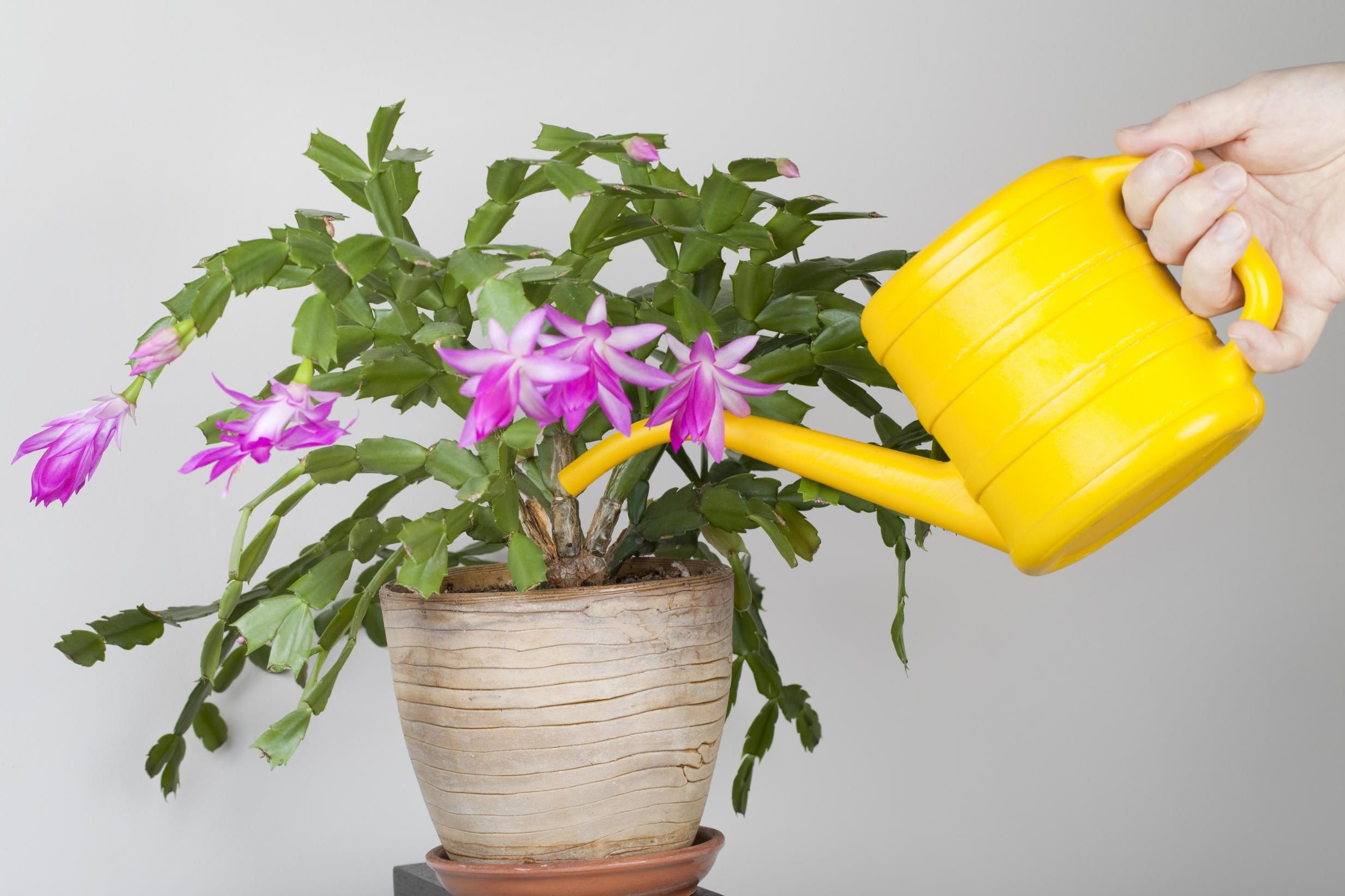How to repot your houseplants: From warning signs to long-term care
The spring garden beckons but there is one last task for the indoor gardener, writes Adrian Higgins

Your support helps us to tell the story
From reproductive rights to climate change to Big Tech, The Independent is on the ground when the story is developing. Whether it's investigating the financials of Elon Musk's pro-Trump PAC or producing our latest documentary, 'The A Word', which shines a light on the American women fighting for reproductive rights, we know how important it is to parse out the facts from the messaging.
At such a critical moment in US history, we need reporters on the ground. Your donation allows us to keep sending journalists to speak to both sides of the story.
The Independent is trusted by Americans across the entire political spectrum. And unlike many other quality news outlets, we choose not to lock Americans out of our reporting and analysis with paywalls. We believe quality journalism should be available to everyone, paid for by those who can afford it.
Your support makes all the difference.Houseplants, which are trendy again, need repotting every year or two to remain vigorous and healthy.
Many of these plants grow naturally in the gloomy floor of the rainforest, and although they have adapted to put up with a lot of root competition, the confines of a pot will eventually become too constraining. Certain common houseplants like to be a little pot-bound – clivias, scheffleras, peace lilies and ficus among them – but even they will need repotting in time. Now, at the start of their annual growth cycle, is the time to do it.
Apart from dealing with root congestion, plants that are too long in a pot sit in soil that has become compacted and depleted and may have a harmful accumulation of fertiliser salts.
How do you tell whether a plant needs repotting? Turn the pot over: The most obvious sign of a pot-bound plant is roots are growing out of the drainage holes. Hold the lower stem of the plant firmly and pull off the pot. If you see a thicket of pale roots in the shape of the pot, it’s time for action. If the pot won’t slip off, it’s probably gripped by congested roots. If the pot is plastic, you can cut the container away – I use pruners, but mind your fingers. If it’s clay, you may have to break it with a hammer.
Another sign of a problem is if the plant seems continually thirsty – that is, wilting – despite diligent watering. This is because the ratio of roots to soil has become too great. The same problem can also lead to an obvious drop in plant vigour.
Water the plant thoroughly the day before re-potting to reduce the stress of the ordeal and make the roots more workable.
Once you’ve got the plant out of the pot, you have to tease the roots into a more natural state. The degree of effort depends on their level of overcrowding. I asked Nate Roehrich, of Brookside Gardens in Wheaton, Maryland in the US, how he deals with the task. We went in search of a plant begging to be repotted and found a cordyline suffering in a one-gallon pot.
As we tackled the job I noticed that he is more gentle with the roots than I tend to be. This may be because, a week before, I had to take a large knife to the most congested root system I had seen – on an indoor palm I had purchased just a month earlier. This leads to another point: just because a houseplant is new to you doesn’t mean it is happily potted. Houseplants purchased late in the growing season or in winter have had months to grow thick roots. Buy them – especially if they’re on sale – but be prepared to ready them for the season ahead.
The finer the roots, the more gentle you should be. One way to work them loose with minimum harm is to wash away the old soil with a light stream of water, preferably not ice cold.
On roots that are fine but stringy, trim them back with scissors. If they are thick and compacted, you can use a knife to score the sides. On really congested roots, such as with my palm, you could use a sharp knife or even pruning saw to remove the bottom inch or so, and then take a three-pronged soil cultivator to liberate roots from one another and the old soil.
Roehrich used no tools on the cordyline other than his hands. As a rule, he doesn’t remove more than one-quarter of the root mass when repotting.
A root-pruned plant can be returned to the same pot, but it is better to give it a slightly larger home – a pot that is one or two inches more in top diameter. Any bigger and you run the risk of root rot because of increased soil moisture. Some pots are set in a decorative outer or cache pot and others have an integral saucer at the base, but in any event, the new pot must drain.
There is a confusing array of soil and compost products for sale, but the one you want for most houseplants is potting soil (or potting mix). This is typically a peat-based concoction lightened with perlite. Some gardeners think potting soil is still too prone to waterlogging and like to add additional perlite. Orchids and succulents need their own special mixes.

Keep the plant at the same soil level as before – deeper and you run the risk of the crown rotting – but the soil line should be below the lip of the pot to allow for efficient watering.
Hold the plant at the correct level with one hand while backfilling fresh soil with the other. Roehrich then taps the pot a couple of times to get rid of any air pockets. I like to water the plant to encourage the soil to sink, and then repack as needed.
After final watering, let the plant rest – away from direct sunlight even if it’s a bright-light plant. Water again when the top of the soil feels dry. Don’t fertilise for a while; wait until you see new growth, which may take two to four weeks.
The plant will first put its energy into repairing its roots before converting energy to top growth, Roehrich says.
After the plant is repotted, groom the foliage by removing dead, diseased or damaged leaves.
The project generates a fair amount of mess. If your deluxe, fully plumbed potting shed is being renovated, you can undertake the task on the patio or balcony on a mild day or indoors in a large plastic tub. A storage container will do the trick.
Reviving a plant in this way has a way of restoring the spirits of the indoor gardener as well.
© Washington Post
Join our commenting forum
Join thought-provoking conversations, follow other Independent readers and see their replies
Comments